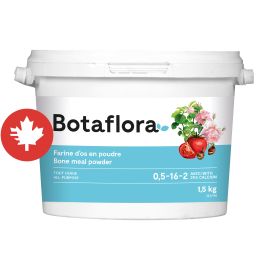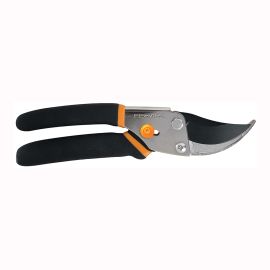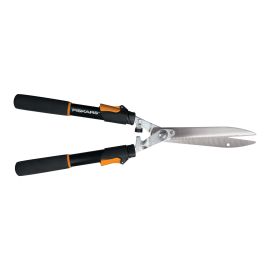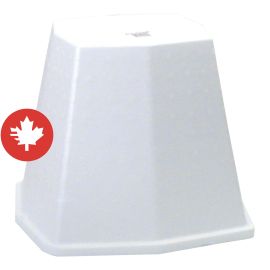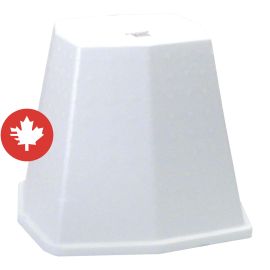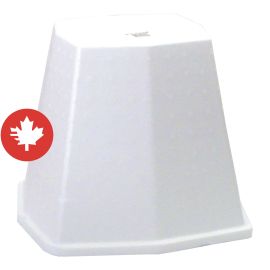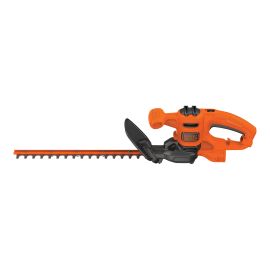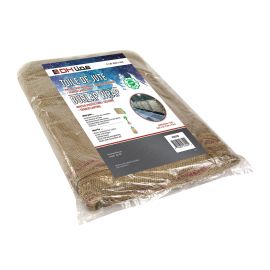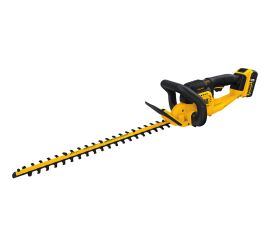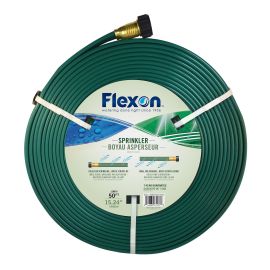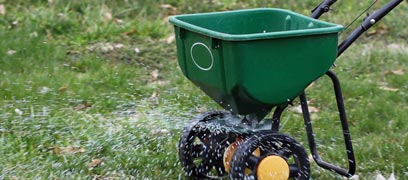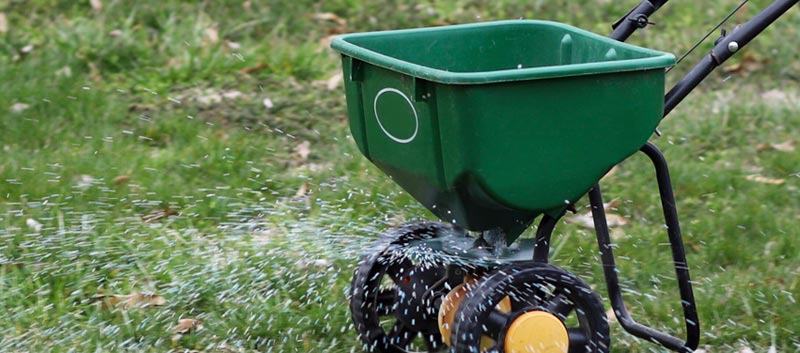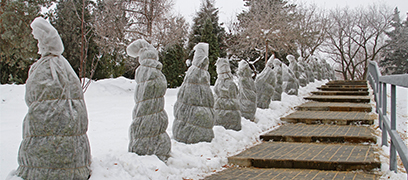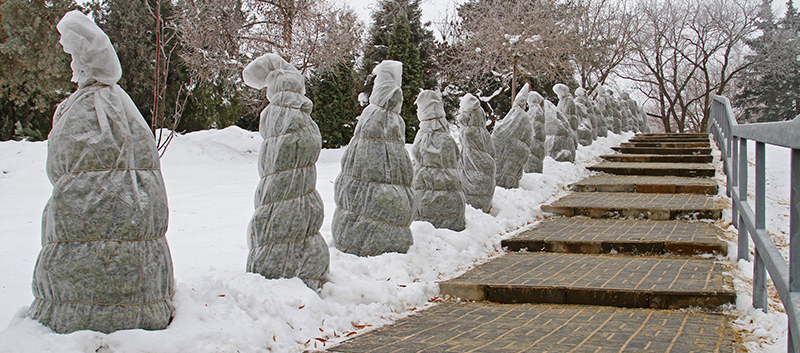Now that you’ve watched your flowerbeds bloom throughout the summer, it’s time for some upkeep and replanting before winter. Cooler temperatures and heavier rainfall make autumn the perfect time to plant, transplant, and care for your perennials and shrubs. Here are a few tips on how to plant perennials in fall and get your plants ready for winter.
Planting perennials in the fall
Autumn is the perfect time to add perennials to your garden. The more temperate weather puts less stress on plants, so they can develop their roots enough to thrive come spring.
Choose healthy plants
Your new perennials and shrubs don’t have to be young seedlings. You can also add more established plants in fall. The important thing is to choose hearty plants with lots of leaves or needles and no root spiralling.
Use a hollow-backed shovel to dig a hole. Make sure it’s deep enough for the plant’s roots to have plenty of room to develop. Having a healthy root system is important for the plant to be able to grow quickly in the spring.
Don't use fertilizer too late in the year
When the weather gets colder, perennials go dormant to prepare for the harsh winter. Using fertilizer too late in the year can interfere with this process, so we recommend you skip it.
Instead, simply use a transplanter with mycorrhizae or bone meal powder to promote strong root development.
If the weather is dry, be sure to water your perennials thoroughly to help their root systems recover. You can get special hoses that make it easy to water multiple plants at once.

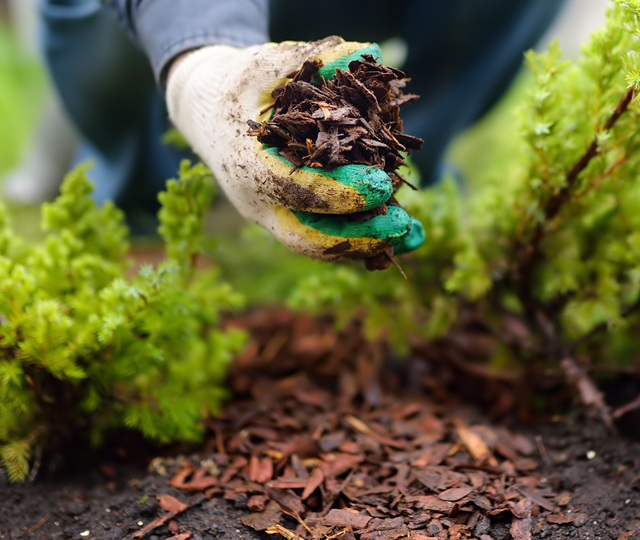
Pro tip: Spread mulch around your perennials to keep the ground warm and prevent frost heaving.
Get your timing right
Do your planting about six weeks before the first frost to promote good rooting before the cold sets in. Roses and other less hardy perennials will probably require some winter protection. Rose huts and jute covers provide effective protection from the cold winter winds, which can dry out fragile plants when there’s no blanket of snow over them.
Maintaining your perennials
Your existing perennials will also need some maintenance before winter. Now is the time to prune away dead branches, divide plants that are getting too big, and thin out shrubs that are looking sparse in places. Here are a few things you can do in the fall that will save you time and effort in the spring.
Prune perennials that have flowered
Get a good pair of shears and prune any shrubs that have flowered at the end of summer. Cut off any broken or diseased branches, but be careful not to remove more than 30% of the shrub. Healthy trimmings can be composted in paper yard waste bags, but ones showing signs of disease or pest infestation should go in the garbage. Be sure to clean the blades in between plants to avoid spreading disease.
For older plants, don’t prune too aggressively. Old wood will not grow back if cut.
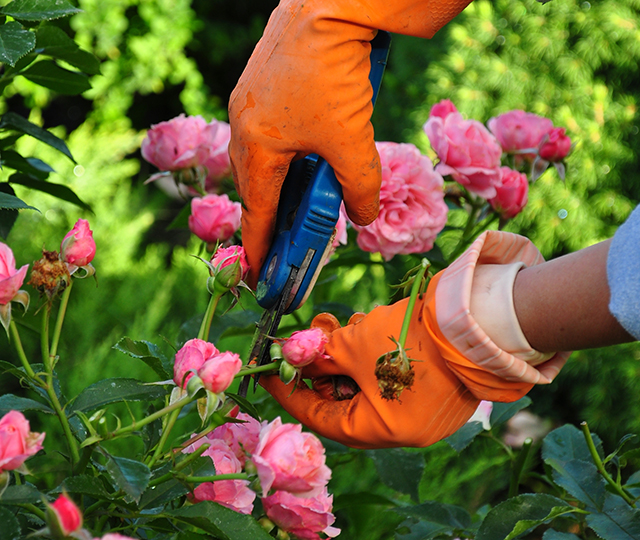

Divide or move perennials to better fill space
If one of your perennials gets too big for the spot it’s in, you can move it somewhere else or divide it into multiple plants. When dividing a plant, use a sharp shovel to separate it cleanly and move each part to a new location.
You don’t need to clean your flowerbeds before winter. Last year’s dead leaves can actually provide good ground cover and protect your plants over the winter. Come spring, simply remove the dead plant matter to reveal the bright green shoots underneath.

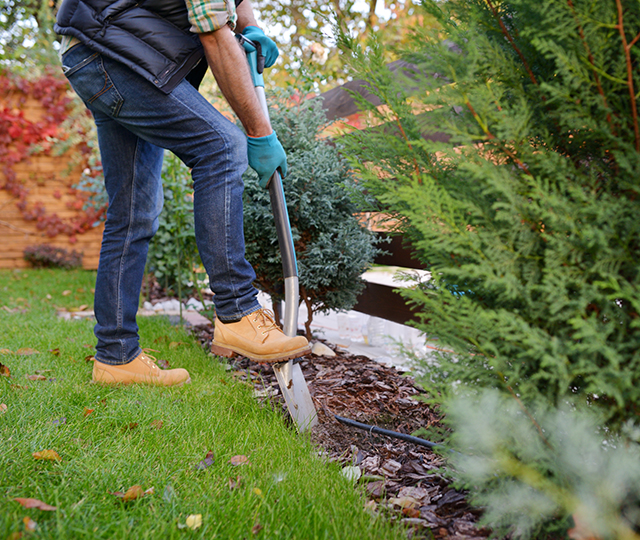
Pro tip: Swap divided perennials with friends and neighbours to add variety to your garden without spending a penny!
Trim your cedar hedges
You can prune your cedar hedges as late as September. Any later than that and you risk disturbing the plants as they get ready for winter. Use manual hedge shears or electric hedge trimmers to prune your shrubs as needed.
When you’re done, remember to clean your tools to avoid spreading pests and disease.
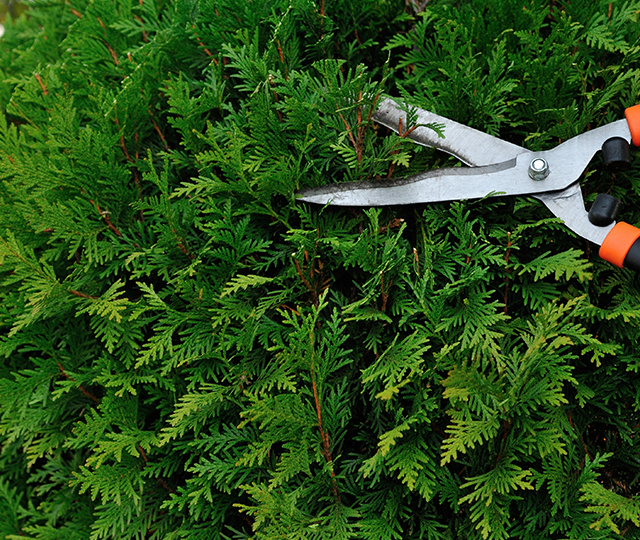

Ready to get started? Visit your local BMR and talk to an expert for more advice or go to BMR.ca to find all the tools you need to get your perennials ready for winter.
